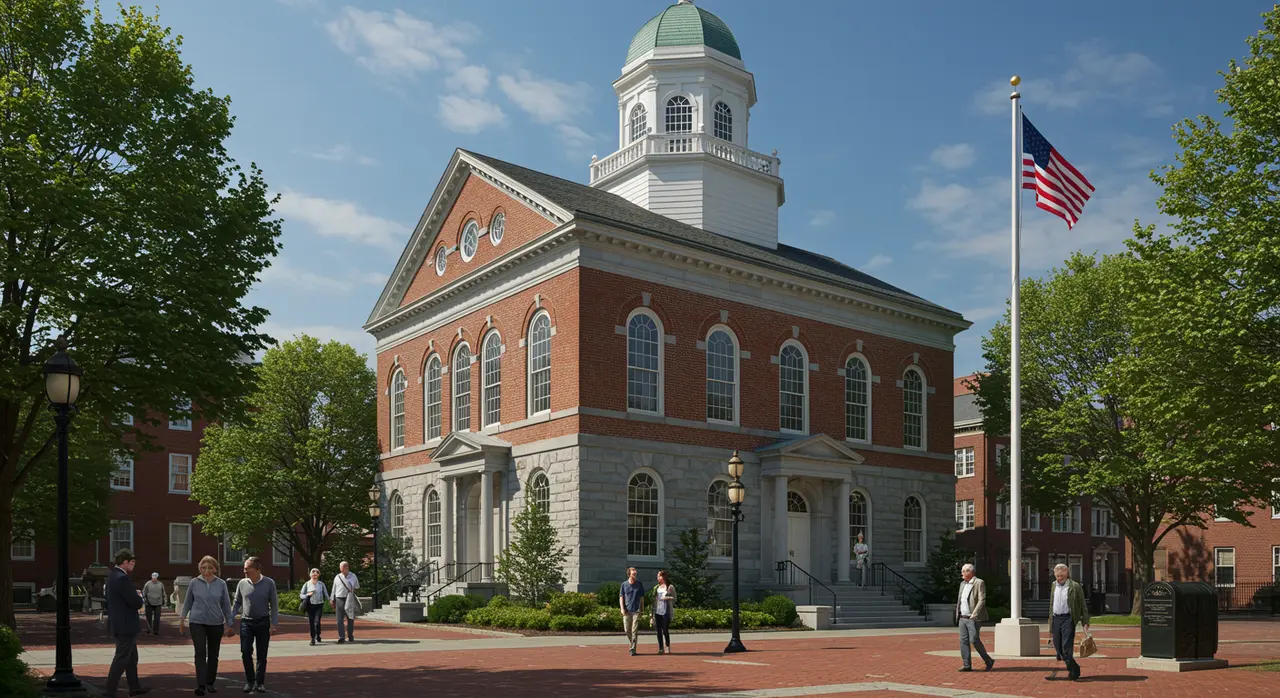Federal Judge Blocks Trump Administrations NIH Funding Cuts, Secures Billions for Research
43 views
A federal judge in Massachusetts has issued a decisive ruling that permanently halts the Trump administration’s attempt to curtail funding for the National Institutes of Health (NIH). This decision, which follows a temporary ban imposed earlier this year on March 5, safeguards billions of dollars earmarked for research. The ruling comes amid a contentious debate over the allocation of federal funds, with hospitals and researchers warning that the proposed cuts would stifle innovation and burden institutions with unforeseen costs. An appeal to the First Circuit Court is anticipated, signaling that the battle over NIH funding is far from over.
A Clash of Priorities: Scientific Advancement Versus Fiscal Restraint
The Trump administration’s proposal to restrict NIH grants for what it deemed “non-scientific aspects” of research was framed as a measure to ensure taxpayer dollars were more directly channeled into scientific work. However, critics argued that the plan disregarded the intricate ecosystem that fuels innovation and discovery in the medical field. Hospitals and research institutions, which often rely on NIH grants to cover administrative costs, community outreach, and collaborative efforts, contended that the restrictions would have created a ripple effect, ultimately undermining the very scientific advancements the administration claimed to prioritize.

The judge’s ruling, therefore, represents more than just a legal victory for researchers; it underscores the broader complexities of funding scientific endeavors. While laboratory experiments and clinical trials are the visible fruits of NIH support, the behind-the-scenes infrastructure—grant management, ethical oversight, and interdisciplinary collaboration—forms the bedrock upon which breakthroughs are built. The administration’s attempt to sever these foundational supports was met with fierce resistance, culminating in the court’s permanent injunction.
The ruling also restores billions of dollars in funding that had been in limbo, offering a temporary reprieve to institutions that were bracing for the financial fallout. Yet, with the federal government expected to appeal the decision, the question of how best to allocate NIH resources remains unresolved. The First Circuit Court will likely become the next arena for this debate, setting the stage for a legal and ideological confrontation with far-reaching implications for the future of American scientific research.
The Stakes for Innovation and Public Health
At its core, this legal battle highlights the tension between fiscal conservatism and the expansive needs of modern research. NIH grants have historically been pivotal in addressing public health crises, from combating infectious diseases to advancing cancer treatments. The proposed funding restrictions threatened to narrow the scope of research, potentially sidelining projects that address social determinants of health or explore the broader implications of scientific discoveries.
Hospitals and research institutions had warned that imposing new financial constraints would disproportionately affect smaller organizations and underfunded areas of study. For instance, community-based research initiatives, which often focus on underserved populations, could have faced insurmountable hurdles under the Trump administration’s plan. Critics argued that such restrictions would not only hinder innovation but also exacerbate existing disparities in healthcare access and outcomes.
The judge’s ruling, therefore, carries significance beyond the immediate financial implications. It serves as a reminder that scientific progress is not a linear path confined to laboratory walls; it is a collective effort that thrives on collaboration, inclusivity, and adequate resources. By preserving NIH funding in its current form, the court has temporarily ensured that this ecosystem remains intact, though the looming appeal could yet alter the trajectory.
A Moment of Reflection Amid Uncertainty
As the legal battle over NIH funding continues, it invites broader questions about the role of government in shaping the priorities of scientific research. Should fiscal policies dictate the scope of innovation, or does the complexity of modern science demand a more holistic approach to funding? The Massachusetts ruling suggests that the latter may be more aligned with the realities of contemporary research, but the impending appeal could challenge this perspective.
For now, researchers and institutions can breathe a sigh of relief, knowing that their work will not be disrupted by sudden financial constraints. Yet, the shadow of uncertainty remains, as the First Circuit Court prepares to weigh in on the matter. In the meantime, this case serves as a stark reminder of the delicate balance between innovation and policy—a balance that will undoubtedly shape the future of science in America.